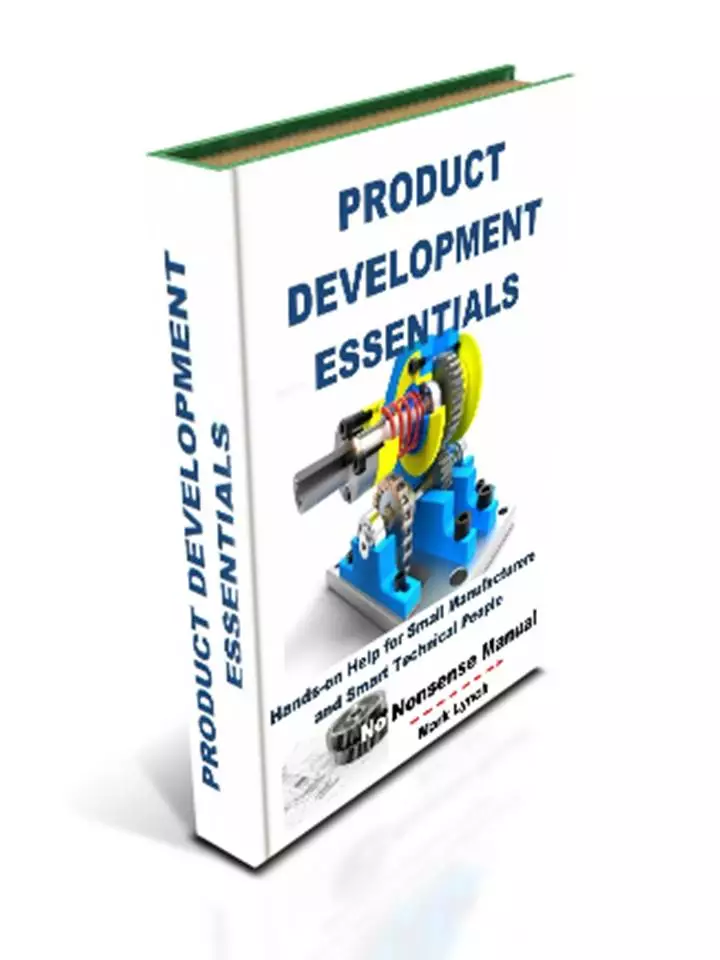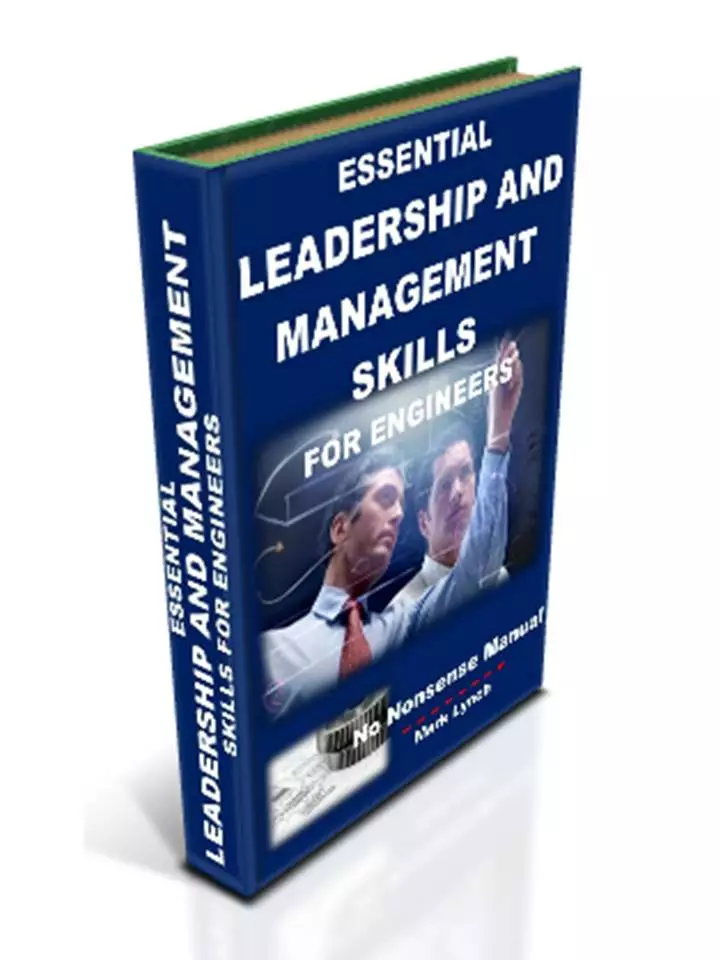'Hands-on Help for SMEs' and Smart Technical People'
Public Speaking Practice Activities
The Importance of Speech Preparation and Practice
Essential Leadership and Management for Engineers
Public Speaking Practice Activities: Intro...
The Importance of Preparation and Practice
Preparation is key to delivering a great speech. Before you start planning the structure or selecting words, it is important to understand the purpose of your presentation. What are you trying to ultimately achieve? What message are you attempting to communicate? Is the purpose to inform, to educate or maybe instruct. Or is it to stimulate discussion, to entertain or for some other reason. It may be a combination of a number of these. Once the purpose has been established you can start considering the structure and contents.
The importance of structuring with a start, middle and end has been mentioned above. Understand what your time limit is and start planning around it. In terms of practical planning, get in the habit of writing or typing details up, even if only bullet points. Initially, jot ideas down around the basic structure mentioned above. With regard to content, remember the importance of building rapport and engaging your audience. Even if the message is a difficult one, it’s important they understand your view point and respect why you are delivering the message.
Public Speaking Practice Activities: Support Media and Props...
Consider any support media or props that may help you get your message across. You may be constrained by your environment so it’s worth doing some research about the location in advance. Presentation slides are useful, although over-reliance on them or too many slides is a no-no – ‘death by PowerPoint’ as it’s commonly known. Using slides has its own set of considerations including minimum font size, images, embedded video etc. In terms of preparation whatever you decide, be sure to test the IT in advance.
For technical speeches, consider handing props or models out among the audience to illustrate a point. Clearly this is engaging, although the downside is a potential for people not to pay full attention and so miss some of the speech content.
Public Speaking Practice Activities: The Importance of Speech Structure...
Introduce your speech with impact. Start with something that is likely to make your audience sit up and take notice. Posing a relevant, yet thought provoking question is a common way of achieving this effect. Consider the correct level of formality for your audience and the occasion. In the opening section, many people include a brief summary of what they will cover during the speech. The start of the speech should lay the foundations and mention key points you will be visiting in more detail later. Setting the scene like this tees the audience up and builds a sense of anticipation – all part of keeping them engaged.
The middle of your presentation should include the thrust of your message, as well as the detail the audience require to fully understand you. The central section of your speech should develop in a logical, easy to follow manner, as though you are telling a story.
Knowing your subject matter is important to a credible speech. As such, thorough research is important – you may have to take questions from the audience at the end. To ensure your speech is rich in detail and sufficiently engaging, consider brainstorming and researching all relevant information at the planning stage, pulling in people as required. The likelihood is when you’ve finished this initial phase you’ll have more information than the time available to deliver it. At this stage you can use the structure to piece together a logical, engaging speech, using the content you now have in front of you. Select and keep the best bits that help you put your message across. Refer to the original purpose of the speech to guide you and to help you make judgements about what to keep in or leave out.
Consider convenient points for audience participation. If you are going to ask a question, do you want answers or alternatively maybe a show of hands? Again, consider the purpose of any participation. At minimum it keeps people engaged. Think about how you plan to control any discussion, like the number of questions allowed and strategy to get back on tract if the conversation starts drifting.
Related to this, be prepared to adapt and be flexible during your delivery. There may be parts of your speech you might earmark for leaving out if you are pressed for time. If this is the case ensure the presentation still flows logically and can be followed.
Plan the conclusion of your speech. With this section a short summary of the key points is always a good way to ensure you remind the audience and maximise the amount they remember. A thought provoking question or flourish is a technique used by some. A great speech leaves them wanting more! You can facilitate this with further contact details or staying afterwards for further discussions once you’ve finished. Use the tone and pitch of your voice to make it clear you’ve come to a natural end.
Public Speaking Practice Activities: The Importance of Speech Rehearsal...
Once you have drafted the speech, it’s time to rehearse it. Read it out aloud, ideally to someone you trust to provide an honest critique. Ask for feedback. Check it runs to time. Refine and modify the speech to improve it, ensuring it still can be logically followed. Continue refining it until you are satisfied it meets its purpose in a way you are happy with.
Now read it a number of times, doing so at different sessions. On the run up to the presentation repeat this and rehearse the speech, thereby familiarising yourself with the structure and key themes. You do not have to commit the whole thing to memory, but at the same time you should be confident enough to deliver the presentation with only the occasional reference to your notes. Q-cards or bullet-pointed brief notes should be sufficient to assist you if you have prepared thoroughly. If you are less comfortable with your material, try highlighting key headlines and themes so they stand out from the main body of the text.
Public Speaking Practice Activities: Preparing for Questions from the Audience...
A useful way to conclude your presentation planning is to prepare for questions you may receive from the audience afterwards. Have a quick brainstorm about the queries or broad themes you are likely to be questioned about. Jot a few of them down. Get the person you have rehearsed with to think of 3-5 questions most likely to occur to them.
Once you are satisfied with the spread of possible enquires, pen some answers to these questions. Read these through a number of times, familiarising yourself with them. This serves two purposes. Firstly if you receive a question the same or similar to any of these themes, it will trigger you to answer in a natural comfortable way. Secondly it will provide you with confidence, safe in the fact you have taken much of the chance out of what is the potentially the trickiest part of any speech; the part that is unrehearsed and requires you to think on the spot. Draw confidence from all your preparation.
Public Speaking Practice Activities: Concluding Comments...
Public speaking is like any activity - the more you practice, the better you get. In addition, the less daunting it seems and for some, the greater the satisfaction. Also like any activity that may appear uncomfortable, but ultimately is useful, sometimes you have to bite the bullet, overcome your fears and just do it.
Public Speaking Practice Activities
Next... Getting over Anxiety - Personal Speech Preparation
Back to Essential Leadership and Management Skills
For you, what are the qualities of a Great Engineering Leader?
Have you come across highly effective engineering managers and inspirational leaders? Are you one?!
Describe the qualities you think set the best apart from the rest. What practical tips and styles get the best results?
Share your story...and receive a FREE copy of our report 'Helping Your Manufacturing Business Thrive'...PS: Feel free to name-drop your firm! There's nothing wrong with a bit of free publicity!











